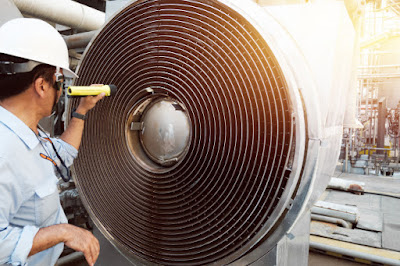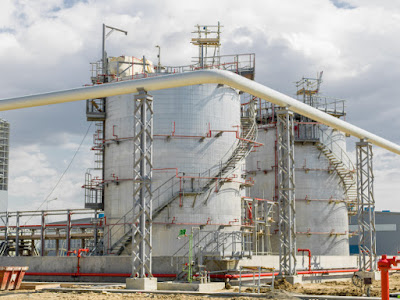Industrial Heat Exchangers or IHE is the main component in all types of refrigeration equipment. This unit is also called the refrigeration cycle, whereas an evaporator is the main component for hot water heating. The industrial heat exchanger is a complex machine that is extremely difficult to maintain, requires proper attention, and can lead to disastrous problems if not serviced on a regular basis. If problems are ignored then it could lead to catastrophic results such as explosions, system failures, and even electrical fires. That is why it is very important that you find a qualified service provider who will offer you top-quality service.

So how do you go about finding a qualified Industrial Heat Exchanger Service and Repair company? Simple! You must first ascertain what kind of problem you are facing. There are two common problems that you can face with your industrial heat exchanger. These are; cracks, damages, and corrosion.
Cracks occur when there is poor welding of the metal parts which then leads to stress cracking which causes the metal of the heat exchanger to crack. You should know that the heat of the process, as well as the pressure, can cause stress cracking. The other problem is damages. Metal damages can be caused due to corrosion, overheat, and even manual handling. If you have any of these problems then you should get in touch with a reputable company.
There are several ways to ensure that your industrial heat exchanger is working efficiently. If any of the processes are found to be defective then you should immediately get in touch with a company that offers repair services. There are numerous companies that offer repair services for this type of equipment. In fact, you can find one easily by searching on the internet.
Another way of finding a good industrial service provider is by asking your friends, relatives, and colleagues for their suggestions. They will definitely tell you about a good service provider. You can also ask your mechanic for recommendations. If he is a good technician then he will certainly not avoid advising you about a good repair company. You can also go through yellow pages, check out magazines, and go through the advertisements in newspapers to find out a good company providing this kind of service.
If none of the mentioned ways help you then you can also check out with the local government to find out if they provide this kind of heat exchanger service. You can also find out whether they have any license or certification to operate this kind of machine. If you are operating the heat exchanger in your factory then it is essential to get the license and certification so that you are safe from all industrial problems.
View more: Promec Engineering Pty Ltd












